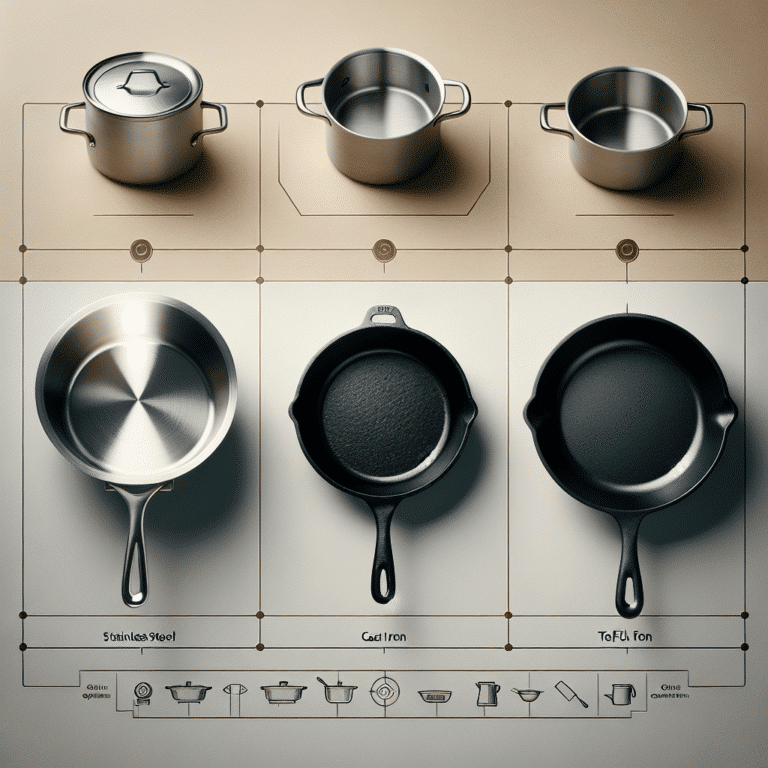Summary
- Stainless steel and cast iron cookware are considered safe options for cooking, with stainless steel being a popular choice for its hygiene and safety.
- Leaching of metals from stainless steel cookware is minimal and stabilizes after multiple cooking cycles.
- Cast iron cookware can have a beneficial effect on iron status but should not be used for frying.
- Teflon-coated nonstick pans can release toxic gases and chemicals, posing health risks.
- Use of nonstick cookware has been associated with an increased risk of colorectal cancer due to hazardous cooking methods and potential exposure to carcinogens.
In today’s fast-paced world, many of us rely on nonstick cookware for its convenience and ease of use. However, recent studies have raised concerns about the potential health risks associated with using Teflon-coated pans.
According to research, Teflon, also known as polytetrafluoroethylene (PTFE), can release toxic gases and chemicals when heated to normal cooking temperatures. These substances can pose mild to severe toxicity risks to our health, making cooking with nonstick pans a potential hazard.
One of the main issues with Teflon-coated cookware is the presence of perfluorooctanoic acid (PFOA), a suspected carcinogen that has been linked to various health problems such as kidney and testicular cancers, pregnancy-induced hypertension, ulcerative colitis, and high cholesterol. Despite efforts to replace PFOA with other chemicals like GenX, these alternatives are also suspected to have similar toxicity levels.
In addition to the health risks associated with Teflon, the coating itself can start to deteriorate over time, especially when exposed to high temperatures. This can lead to the Teflon chipping off and potentially contaminating the food being cooked. The long-term effects of ingesting Teflon particles are still unknown, but it’s important to exercise caution when using nonstick pans.
Furthermore, studies have also found a link between the use of nonstick cookware and an increased risk of colorectal cancer. This could be attributed to the hazardous cooking methods typically used with nonstick pans, such as broiling, frying, grilling, or barbecuing at high temperatures. These methods can lead to the formation of carcinogenic compounds like heterocyclic amines and polycyclic aromatic hydrocarbons, which are harmful to our health.
While it may be tempting to opt for the convenience of nonstick cookware, it’s essential to weigh the potential health risks against the ease of use. Alternatives like stainless steel and cast iron cookware may be safer options, as they do not pose the same risks associated with Teflon-coated pans.
In conclusion, when it comes to choosing the best type of pots and pans to use, it’s crucial to prioritize your health and safety. Avoiding nonstick cookware, especially those coated with Teflon, can help reduce your exposure to harmful chemicals and toxins. Opting for safer alternatives like stainless steel or cast iron cookware can provide peace of mind and ensure that your cooking practices are healthy and sustainable in the long run.
Dermatology, Family Medicine, General Surgery


